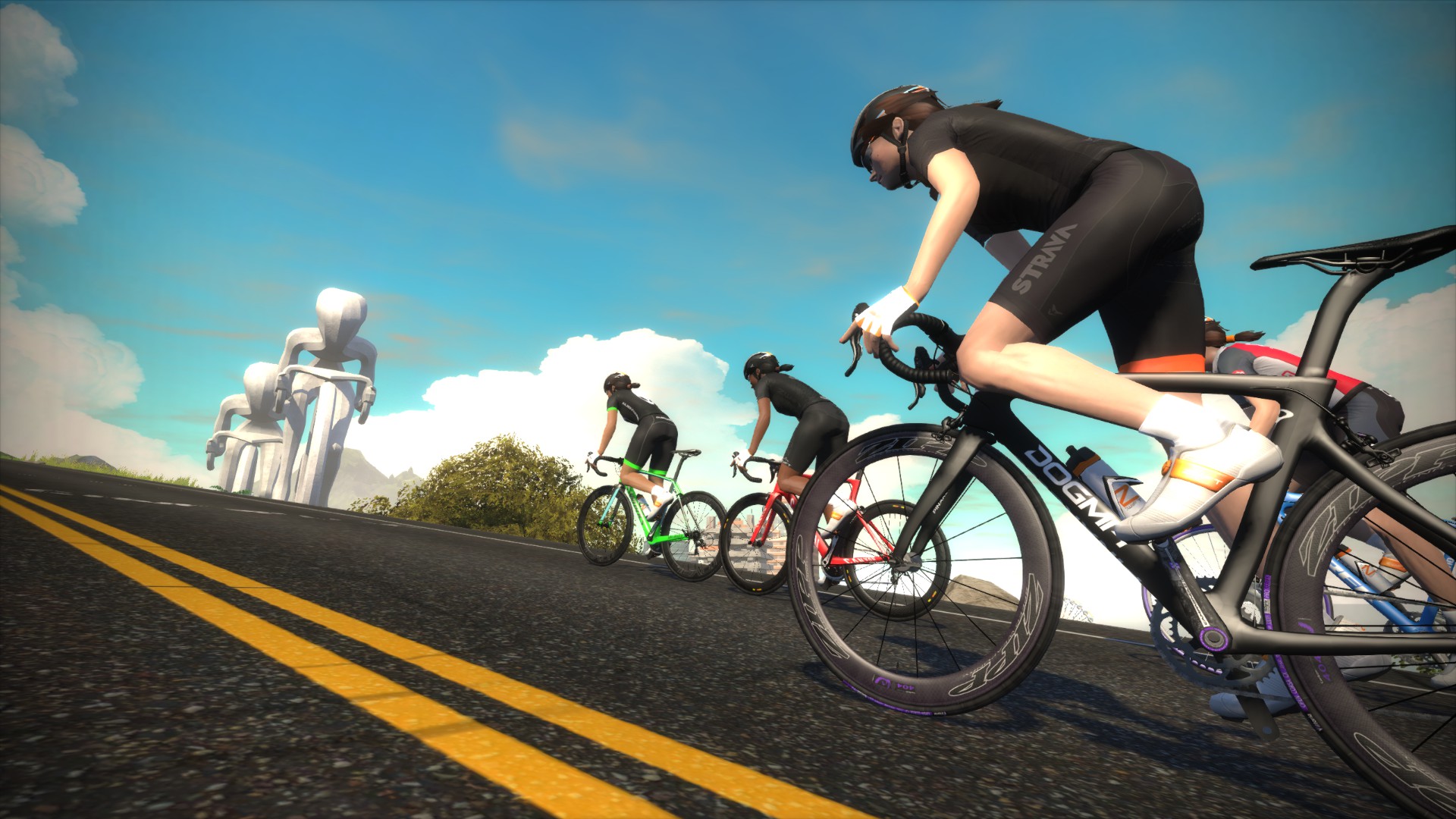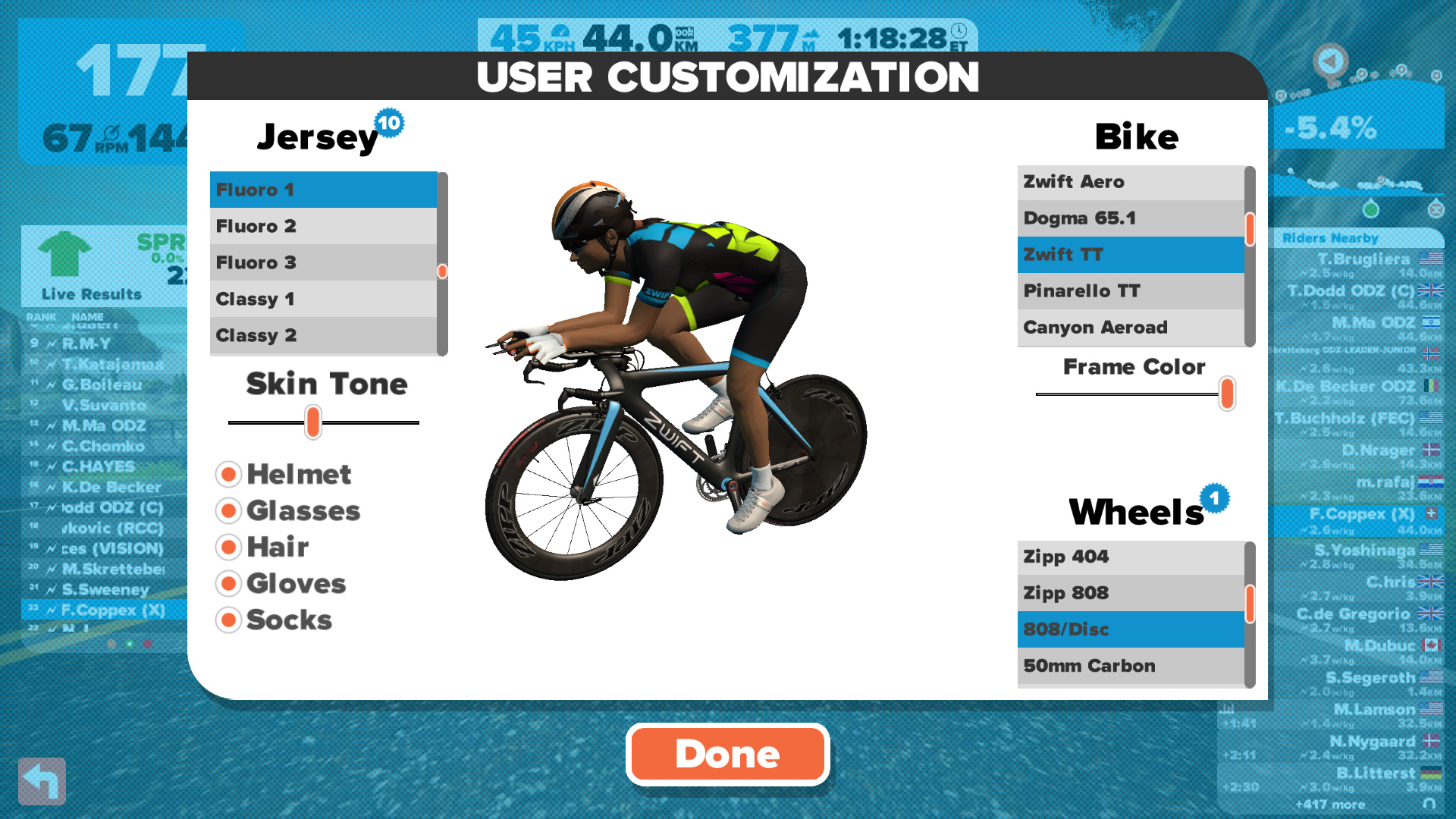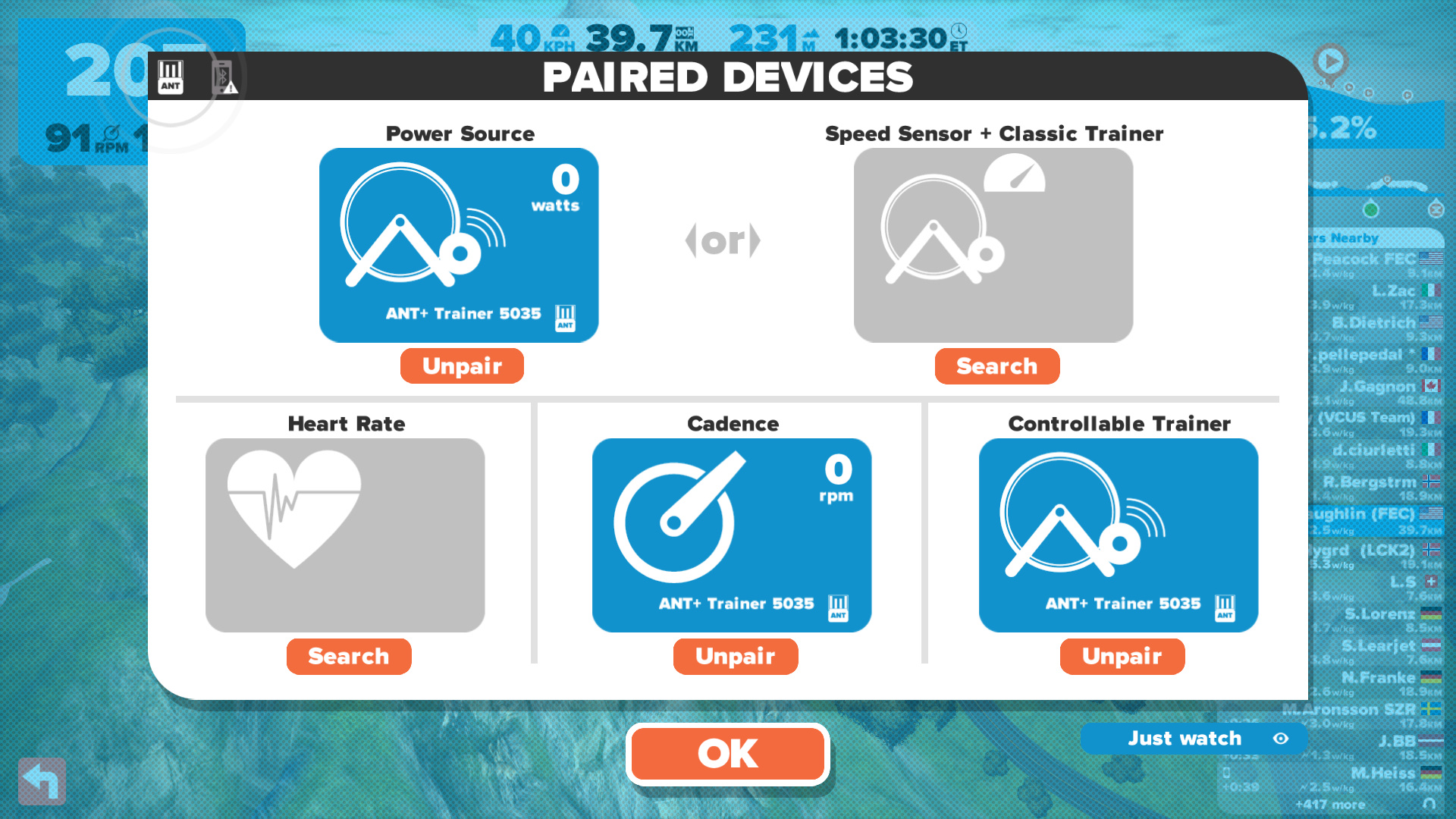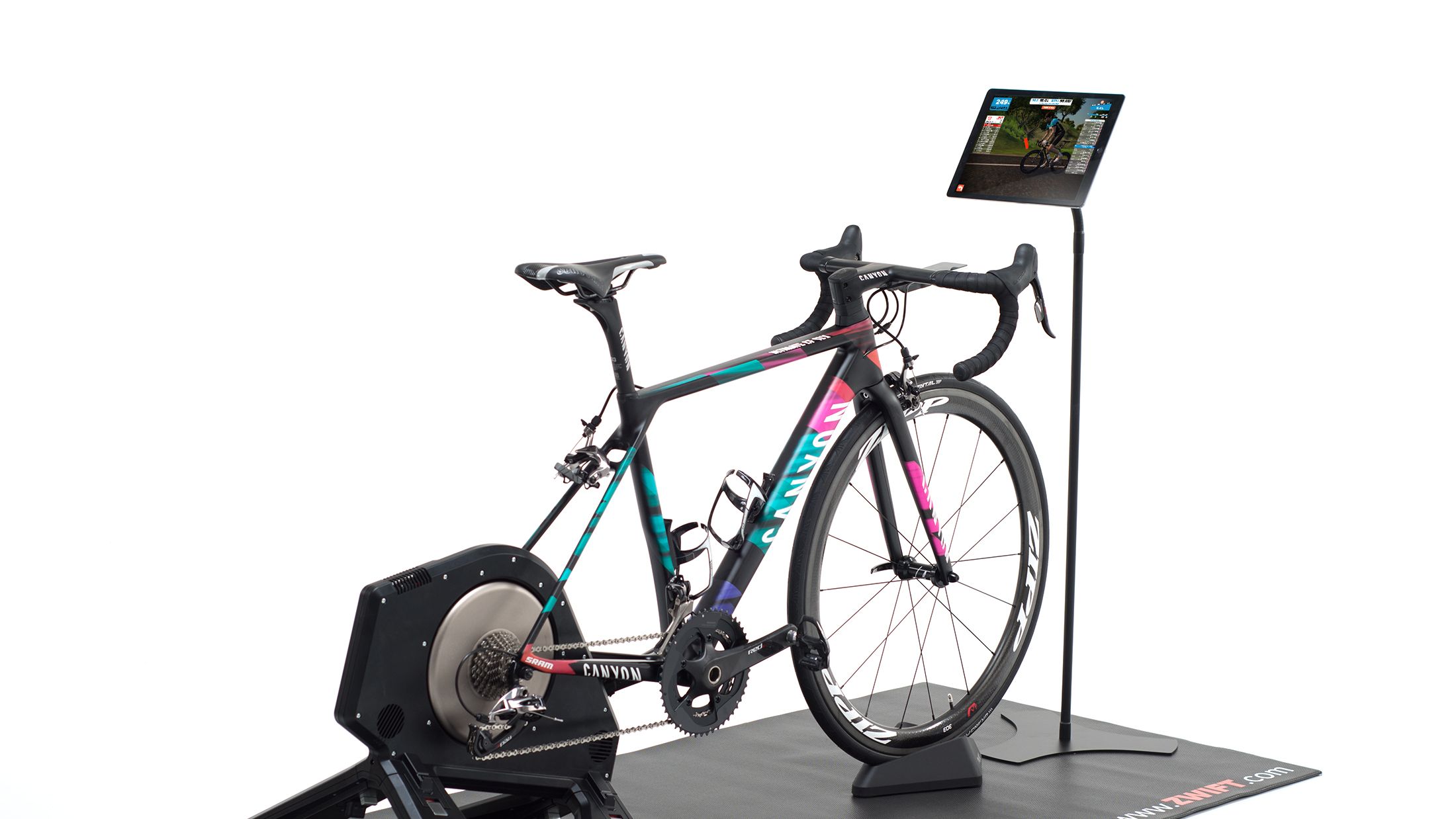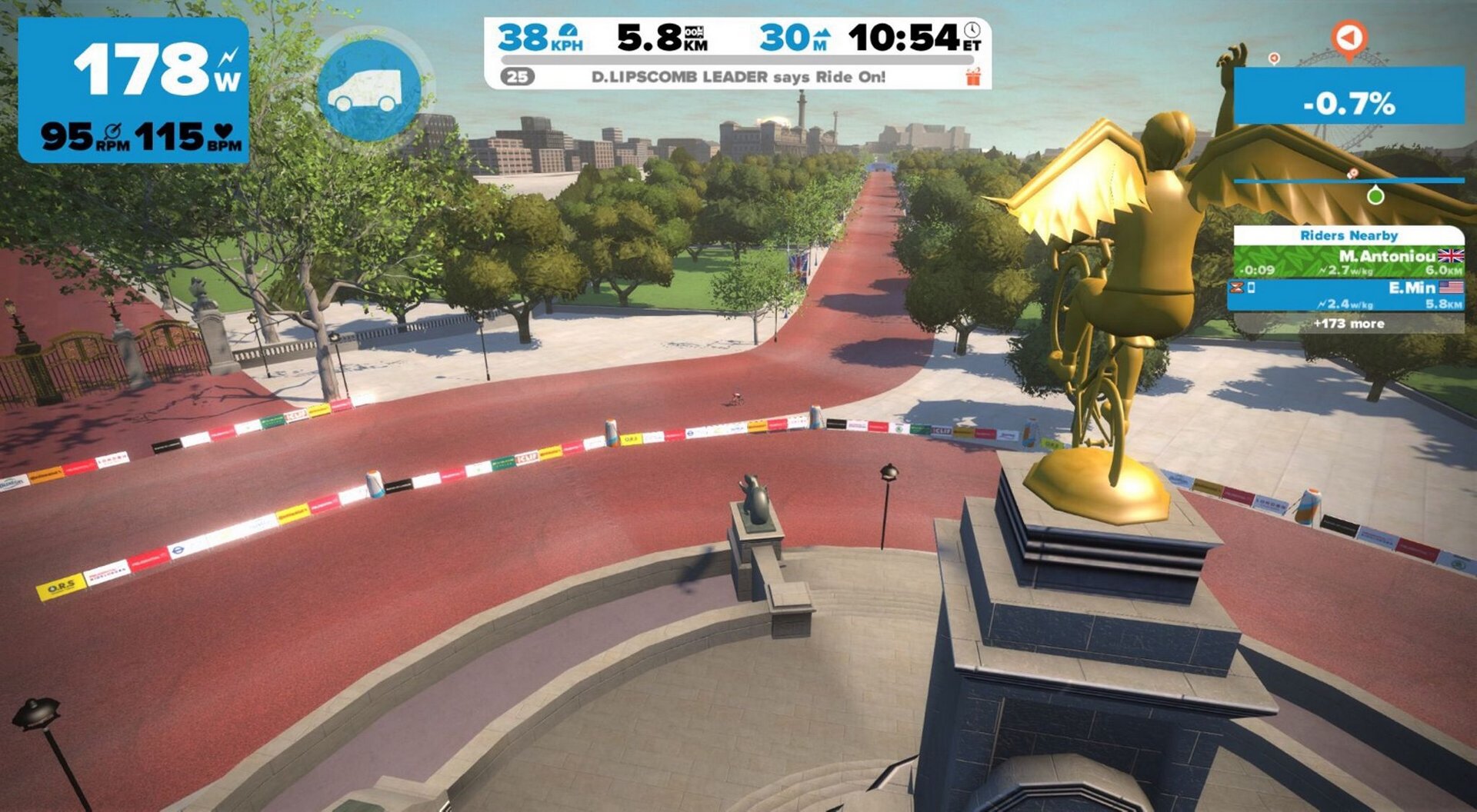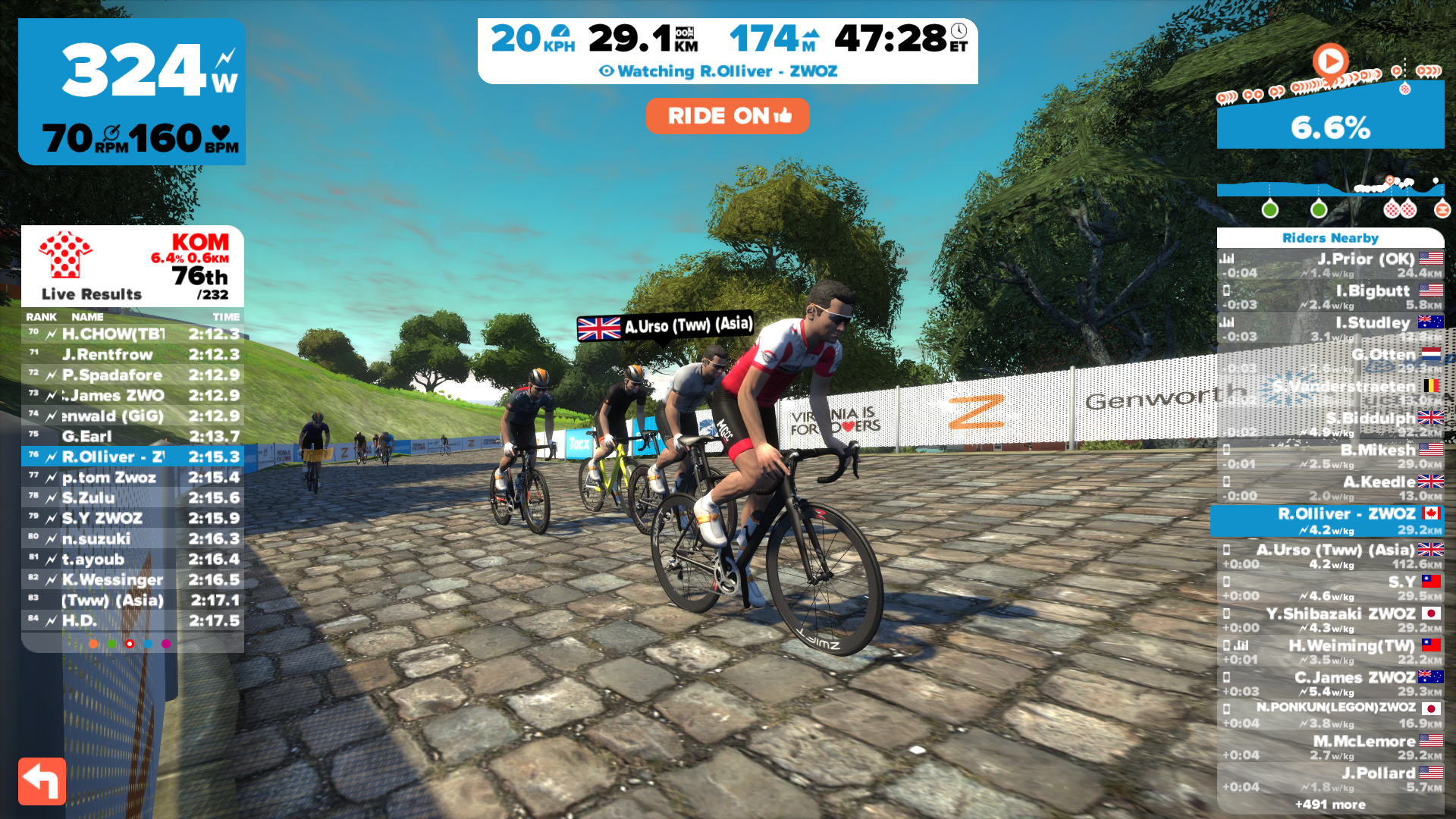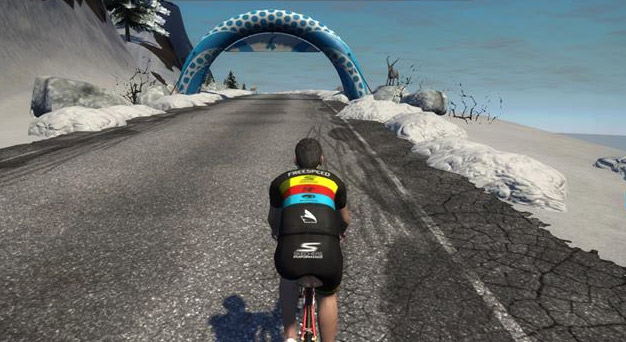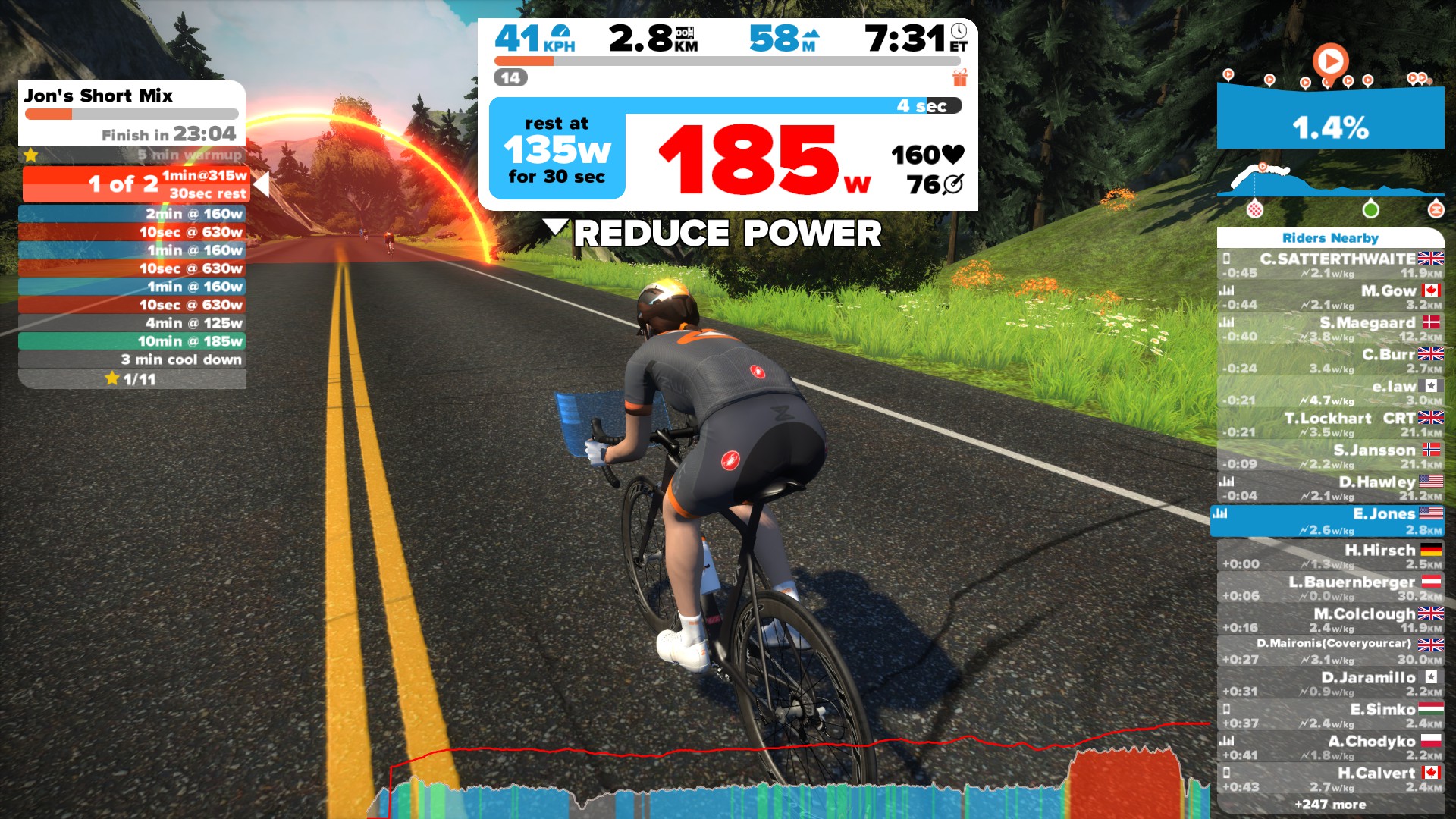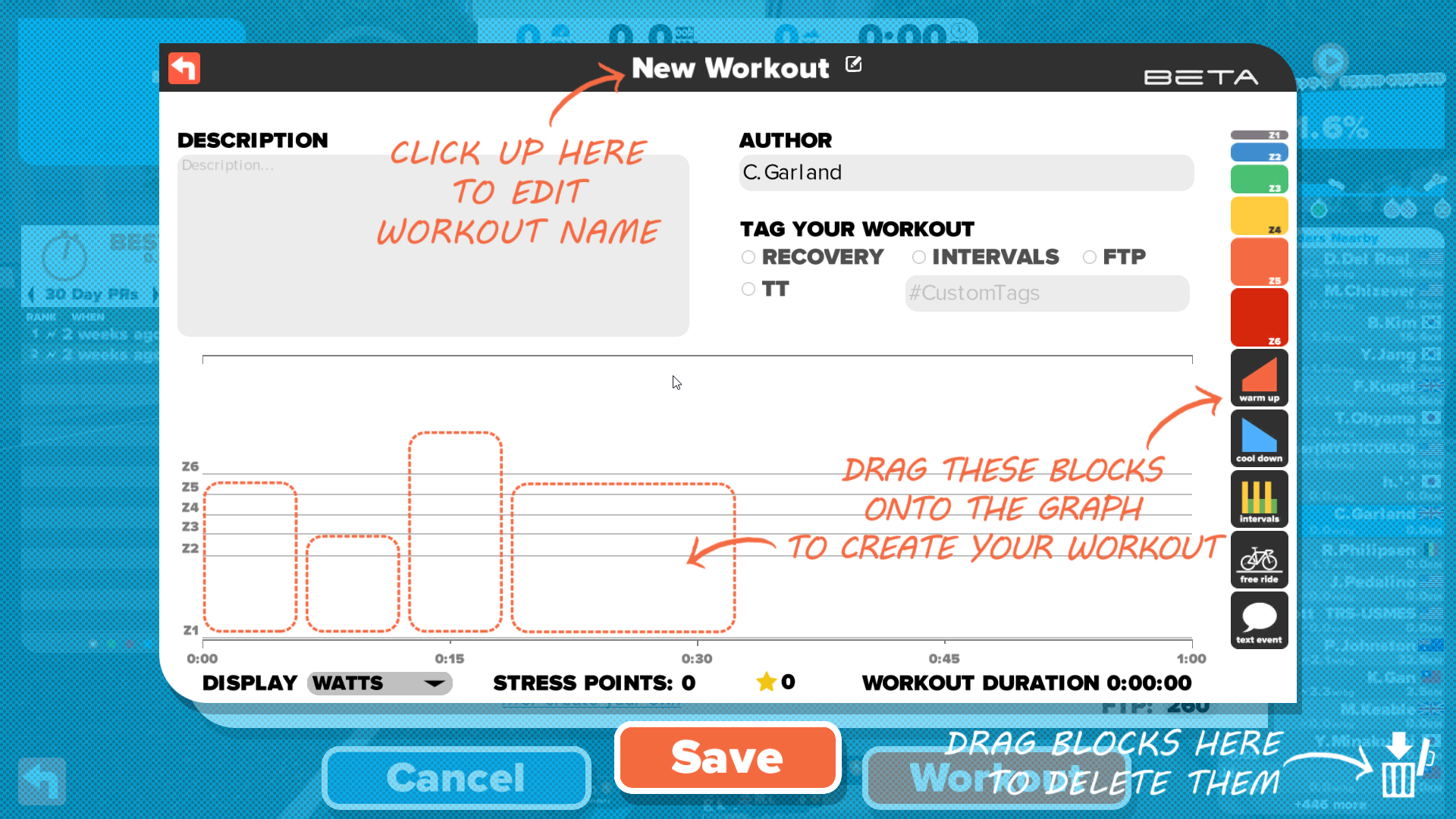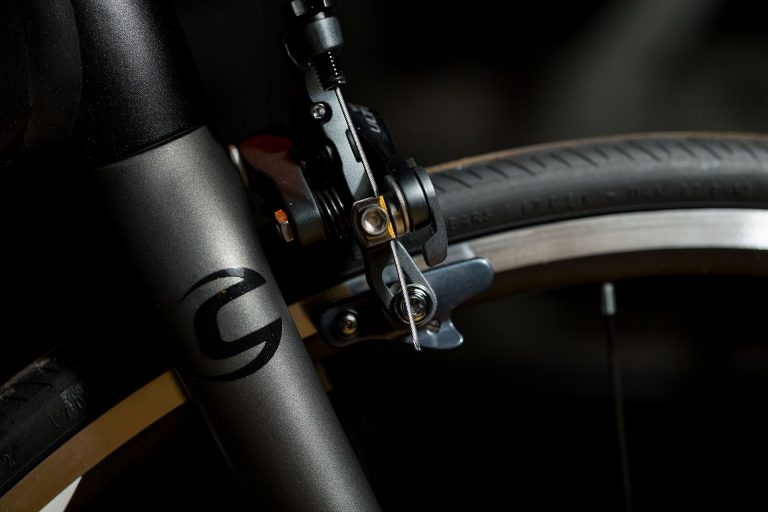Turbo training has long been a retreat for cyclists in the winter months, where the often inclement weather can put even the hardiest of riders off venturing outside, or riders head indoors in search of high-quality training time. However, it’s always had its flaws.
With the best will in the world, turbo training essentially involves sitting in your living room, bedroom or garage and turning your legs over with nothing to occupy your mind. Sure, you may find you have a training video to follow or like to help pass the time by watching Netflix, but the bottom line is turbo training can be monotonous and boring.
– The gamification of cycling: how Zwift has revolutionised indoor training –
However, recently the rise of online training platform, Zwift, has begun to challenge this status quo. By offering an interactive platform, it aims to bring more realism and interactivity to your indoor training than ever before. We suspect, like us, you’re interested in giving it a try, but what do you need to know before you do? Read our beginner’s guide to Zwift below for all the essential information you need to get started.


